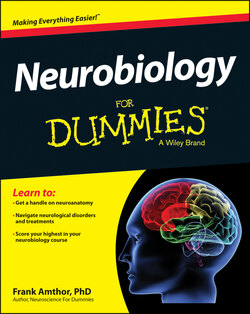Читать книгу Neurobiology For Dummies - Frank Amthor - Страница 41
Neural dysfunctions and mental illness
ОглавлениеThe history of clinical thought on mental illness is a pendulum ride between organic and environmental causes. In the United States, particularly, the dominance of behaviorism in academic psychology and psychiatry was associated with behavioral and cognitive therapeutic strategies based on “undoing” some sort of bad environmental influence or improper response to a relatively normal environment.
Knowledge of genetics, neurotransmitter systems, and the development of neurotransmitter-analog drugs led to pharmacological treatments that were at least partially effective in many psychiatric patients for whom traditional therapy had provided no relief. Schizophrenia and autism are cases in point. In the mid 20th century, the detection of schizophrenia or autism often was treated by family therapy sessions around behavioral theories such as withdrawn, uncaring so-called “refrigerator mothers” being the cause of these disorders.
It is now clear that both schizophrenia and autism have high heritability, although environmental factors are undoubtedly important in the expression and outcome of the disorder. Pharmacological agents deal well with many of the positive symptoms of schizophrenia such as hallucinations. But both schizophrenia and autism have multiple genetic causes, and the relation between the genetic anomaly and the neural dysfunction leading to the phenotype are poorly known. This situation is unfortunately also the case with many other mental disorders, including depression.
